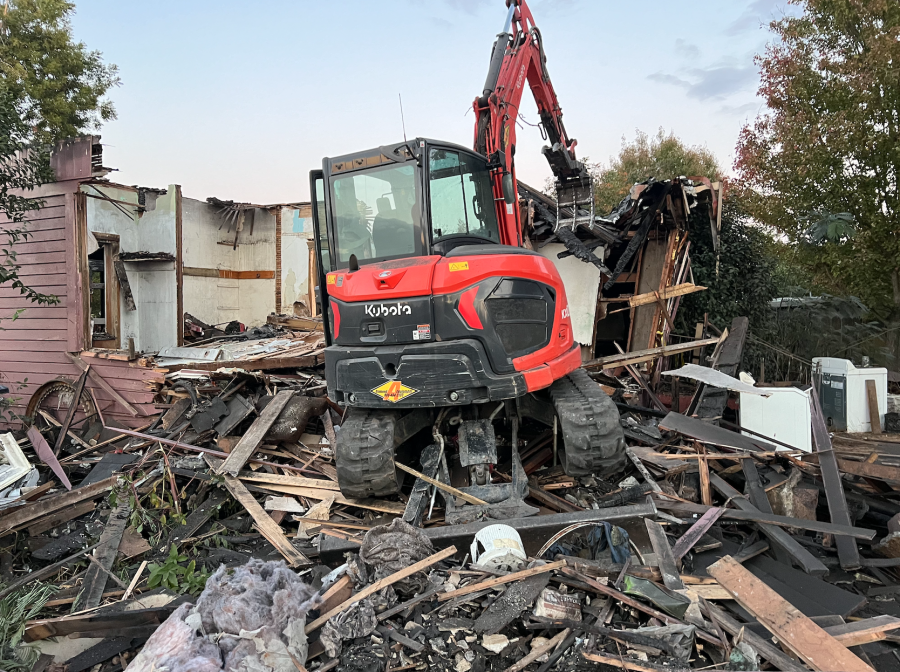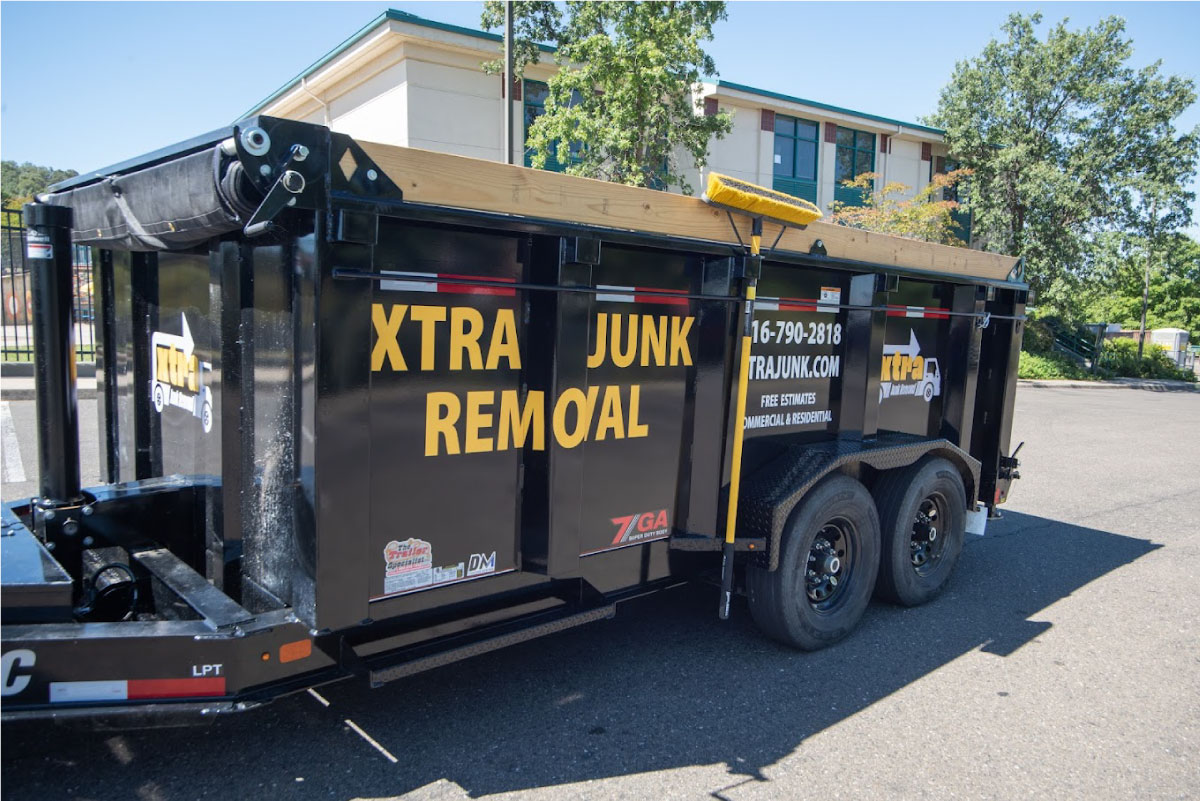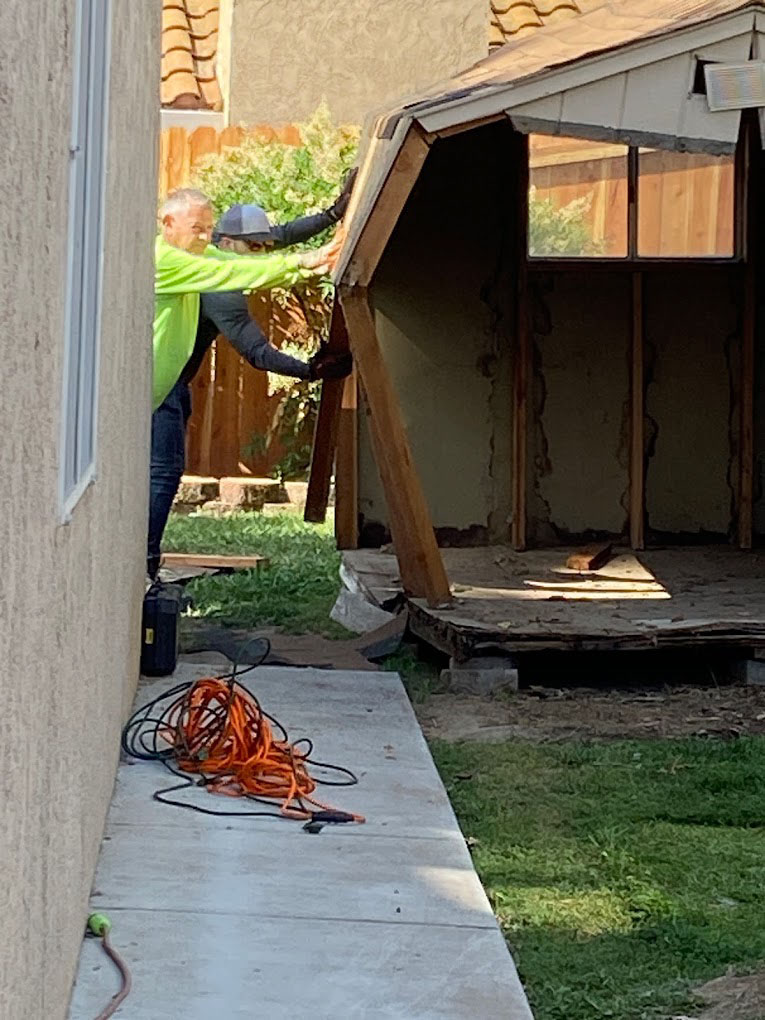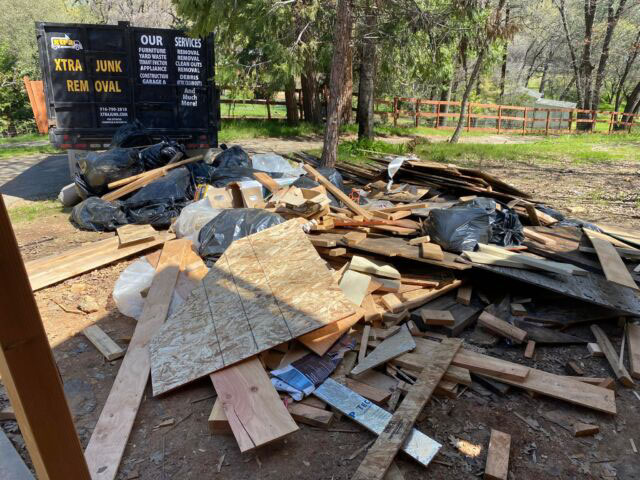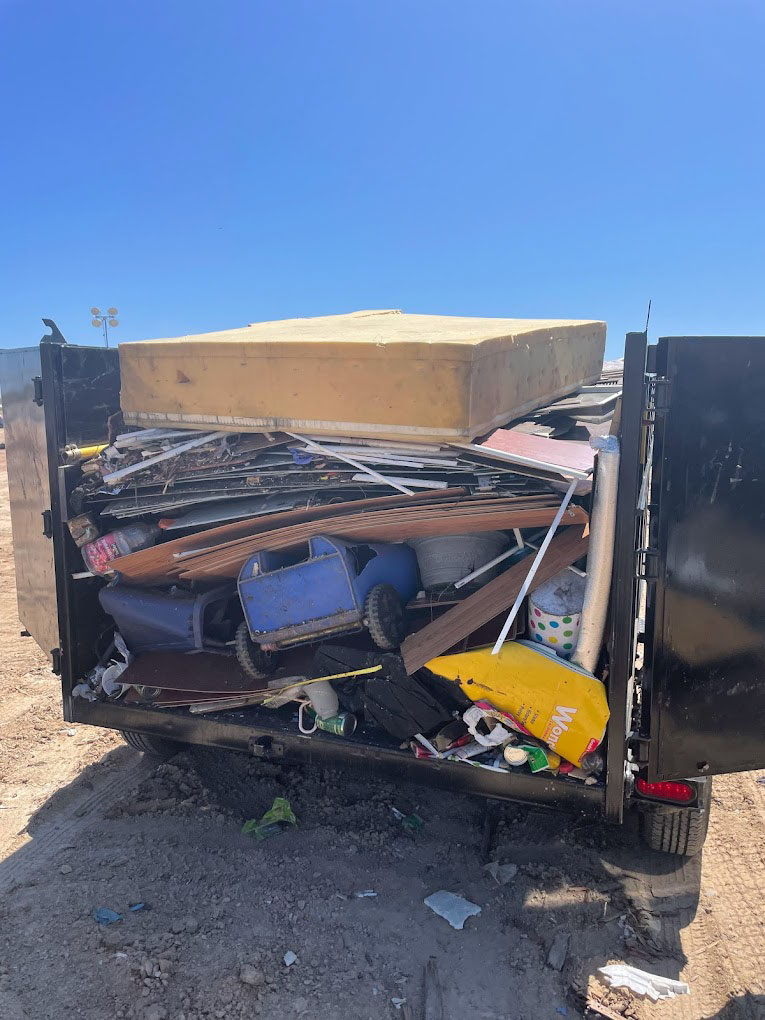Demo Patrol LLC
Demo Patrol LLC is a licensed, family-owned and operated demolition contractor that specializes in the removal of oil tanks. We are proudly environmentally conscious and... more
Xtra Junk Removal
Xtra Junk Removal offers demolition and junk removal services in the Sacramento area that are quick, reliable, and reasonably priced. Whether you need us to... more
R. B. Environmental
Since 1990, R. B. Environmental has been providing expert demolition throughout the Central Valley, Bay Area, and Northern California. There is no demo job that we... more
Jim Thorpe Inc
Founded in 1967, Jim Thorpe Inc. offers a full range of excavation and demolition services to Lodi, California and surrounding areas. We specialize in installing and... more
Joe Vicini Inc
Specializing in demolition, excavating, paving, and more, Joe Vicini, Inc. knows how to handle residential and commercial projects of all shapes and sizes throughout Placerville,... more
A & J Construction
Since 2003, A&J Construction has been providing concrete work and Bobcat services of all kinds to service Colfax, California and surrounding areas. We service... more
Nearby Places for Tank Removal
Tank Removal Tips for Amador County, CA
What are storage tanks?
Storage tanks are generally used to hold oil on a residential or commercial property. There are two kinds of oil storage tanks: above ground storage tanks and underground storage tanks. An above ground storage tank (AST) and an underground storage tank (UST) are both large containers used to hold oil or fuel, whether for heating or other purposes. Generally, above ground storage tanks are located in the basement, crawl space, or against the back or side of the home, held up by supports. Underground storage tanks are buried underground and were most common between the 1930s and late 1980s.



